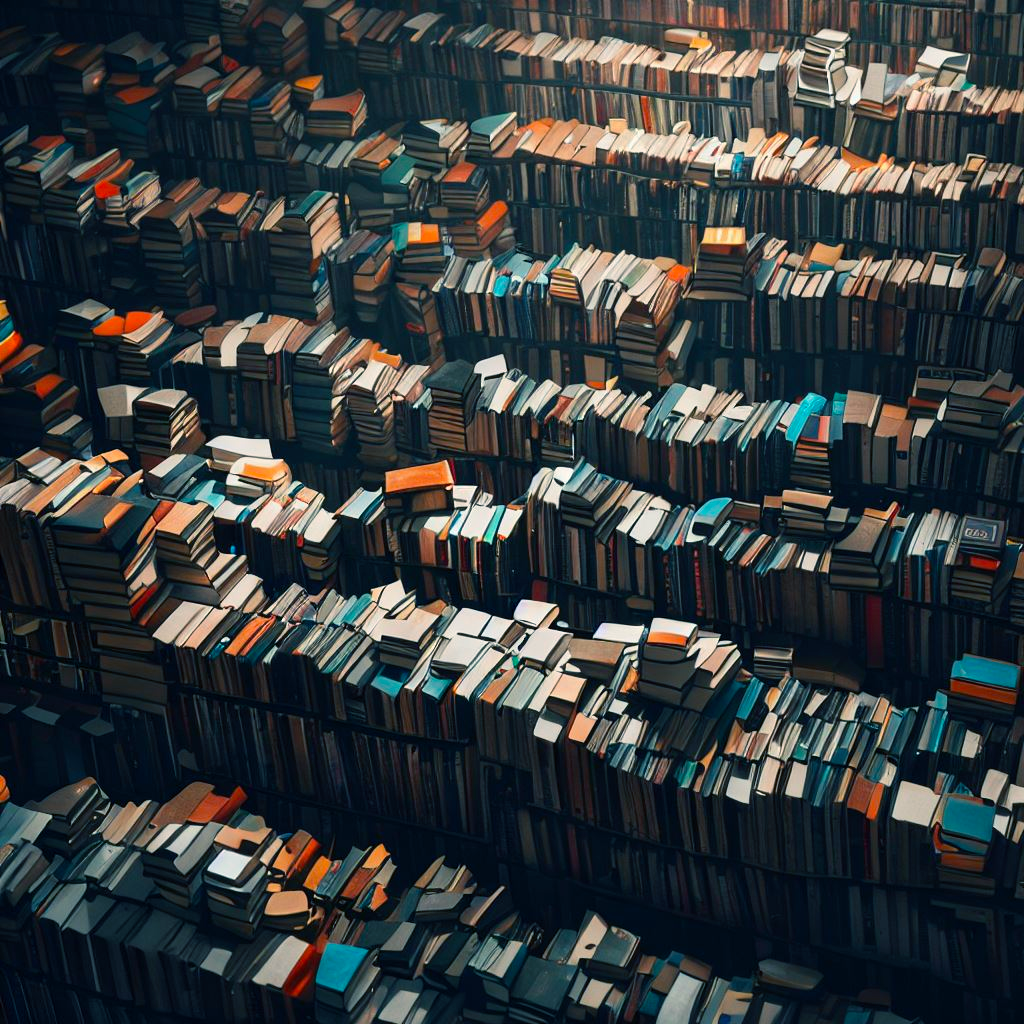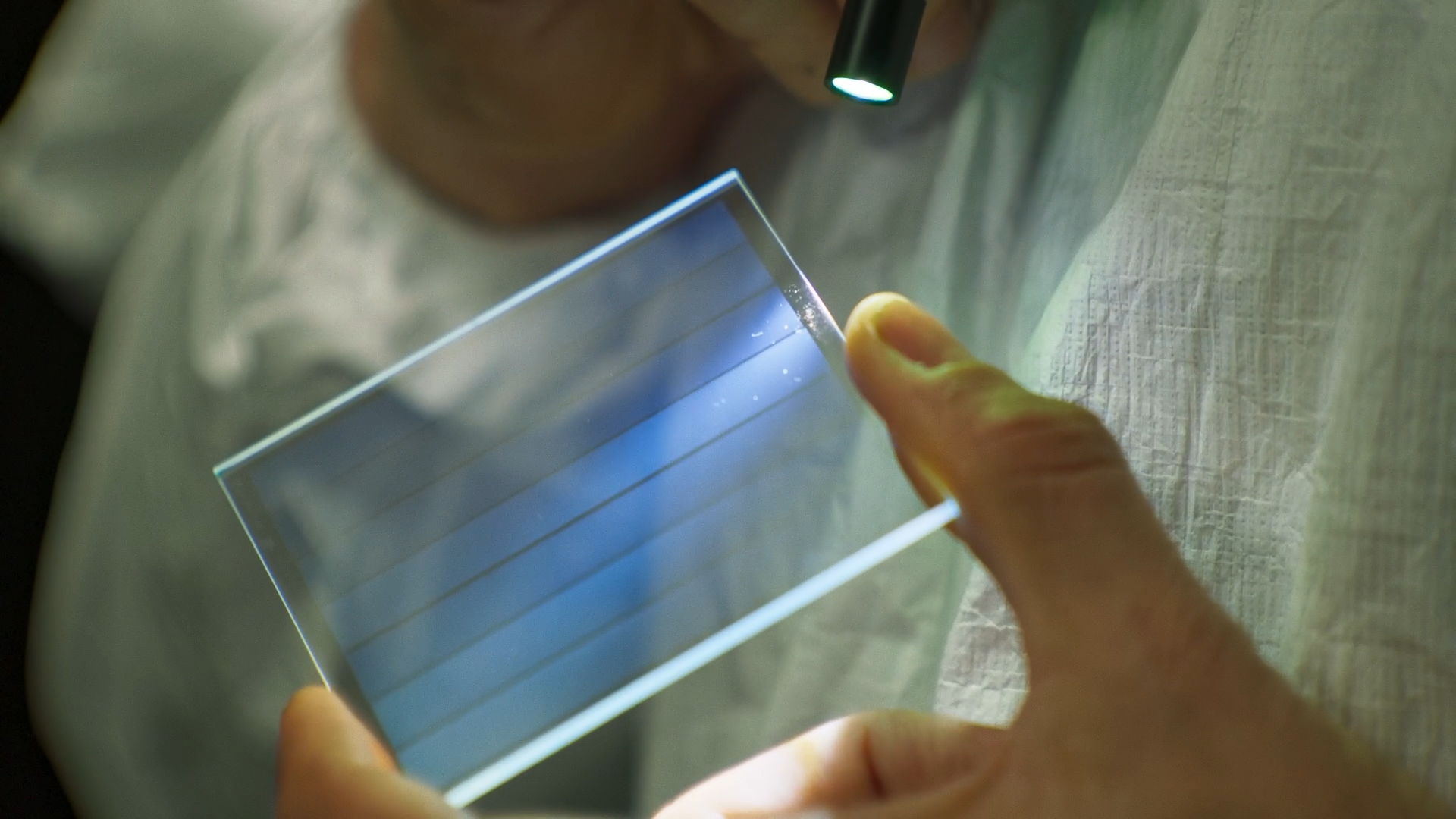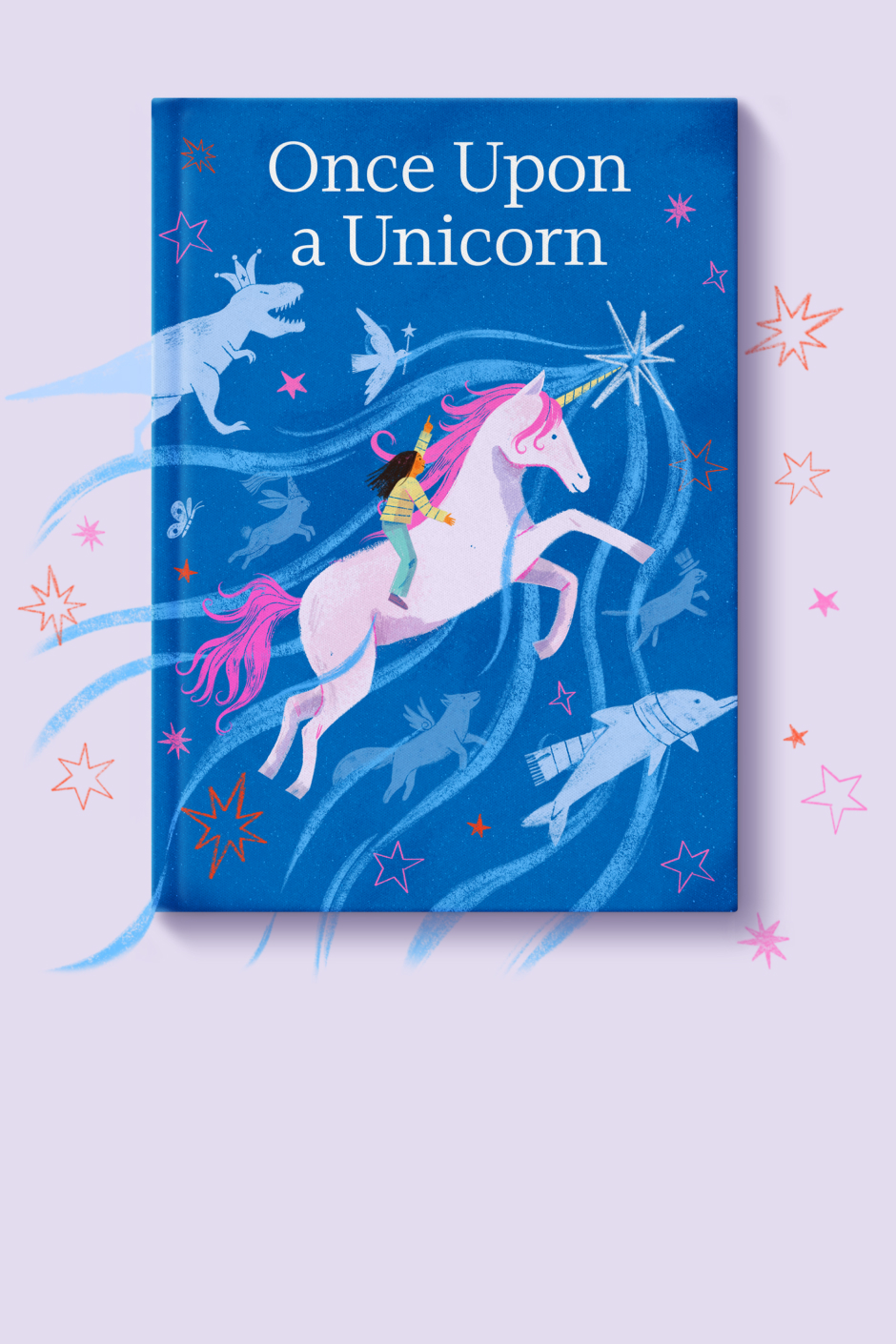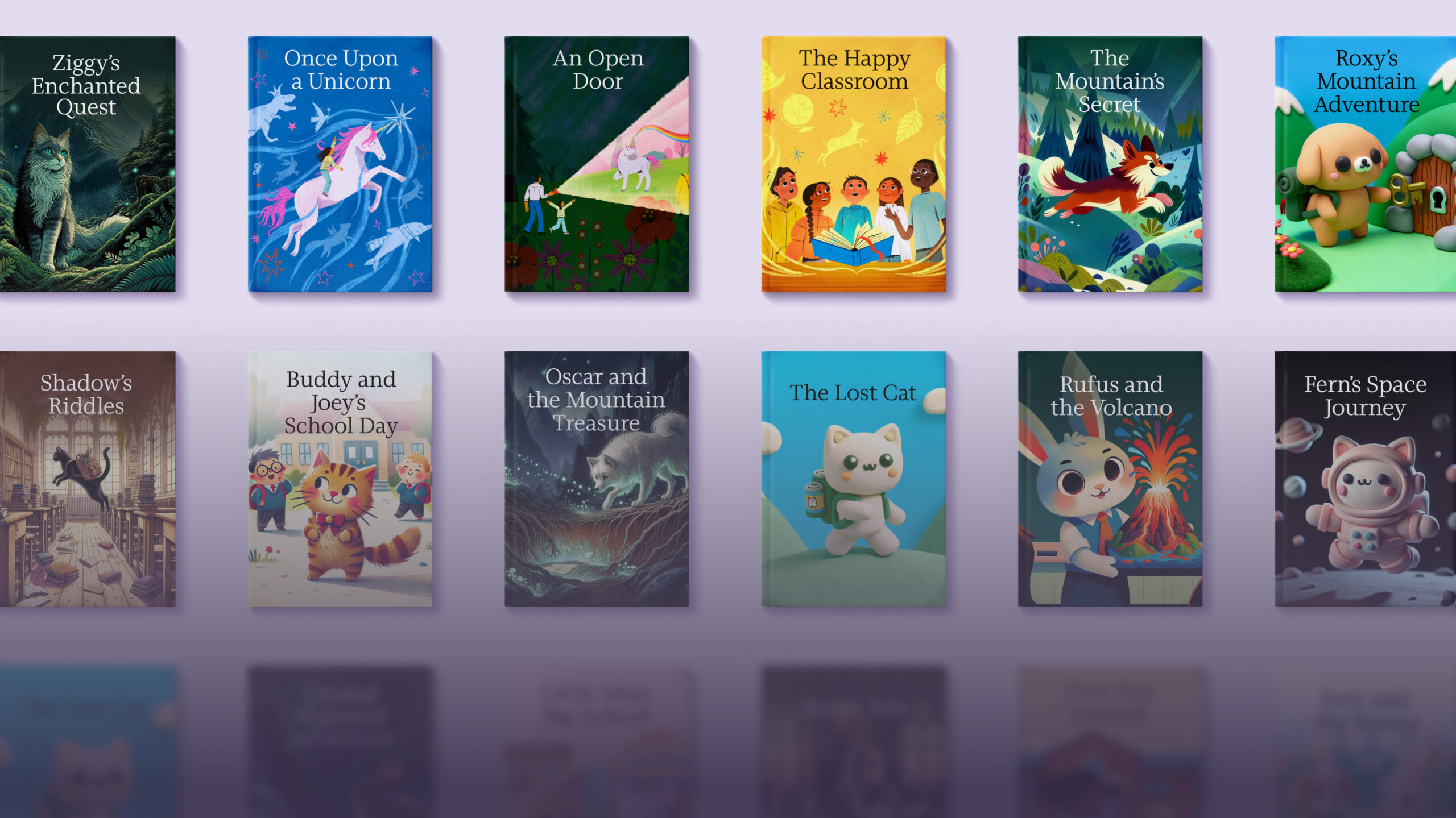Sealed in glass
Storing data on glass might sound futuristic, but it’s a concept that dates back to the 19th century when single photographic negatives were preserved on panes of glass. Fast forward to today, technology has remarkably expanded the storage capabilities of this sustainable material. A small sheet of glass can now hold several terabytes of data, enough to store approximately 1.75 million songs or 13 years’ worth of music.
Elire, a sustainability-focused venture group, has collaborated with Microsoft Research’s Project Silica team to harness this technology for their Global Music Vault in Svalbard, Norway. Using silica-based glass plates, they’re creating a durable archive that is not only resistant to electromagnetic pulses and extreme temperatures but also environmentally friendly. This vault will complement repositories like the Global Seed Vault and the Arctic World Archive, offering a comprehensive sanctuary for musical heritage—from classical operas to modern hits and indigenous compositions. Looking to the future, Elire plans to expand this enduring musical repository by establishing accessible locations worldwide, inviting the public to interact with this extensive and ever-growing archive.
Glass offers cloud storage that’s efficient, sustainable, and compact, maximizing durability and space.
Sustainability changes in data centers
Our vast needs for data storage heighten the need for sustainable solutions. Magnetic storage, although prevalent, is problematic. Its limited lifespan necessitates frequent re-copying, increasing energy consumption and operational costs over time.
“Magnetic technology has a finite lifetime,” says Ant Rowstron, Distinguished Engineer, Project Silica. “You must keep copying it over to new generations of media. A hard disk drive might last five years. A tape, well, if you’re brave, it might last ten years. But once that lifetime is up, you’ve got to copy it over. And that, frankly, is both difficult and tremendously unsustainable if you think of all that energy and resource we’re using.”
Project Silica aims to break this cycle. Developed under the aegis of Microsoft Research, it can store massive amounts of data in glass plates roughly the size of a drink coaster and preserve the data for thousands of years. Richard Black, Research Director, Project Silica, adds, “This technology allows us to write data knowing it will remain unchanged and secure, which is a significant step forward in sustainable data storage.”
Project Silica’s goal is to write data in a piece of glass and store it on a shelf until it is needed. Once written, the data inside the glass is impossible to change.
Only 5,000 years ago did we start to produce writing. If you think about what it means to store data for 10,000 years, that’s an amazingly long time.

A glass plate could hold the entire text of War and Peace—one of the longest novels ever written—about 875,000 times.
Symbiosis in the cloud
Project Silica is focused on pioneering data storage in quartz glass in partnership with the Microsoft Azure team, seeking more sustainable ways to archive data. This relationship is symbiotic, as Project Silica uses Azure AI to decode data stored in glass, making reading and writing faster and allowing more data storage.
Data is stored in glass via a four-step process: writing with an ultrafast femtosecond laser, reading through a computer-controlled microscope, decoding, and finally, storing in a library. The library is passive, with no electricity in any of the storage units. The complexity is within the robots that charge as they idle inside the lab, awakening when data is needed. They climb the shelves, fetch the glass, and then zip back to the reader. Black says, “Once we finish writing the glass and move it to the library, we design the system so it can never go back to the writer. It’s completely immutable.”
Initially, the laser writing process was inefficient, but after years of refinement, the team can now store several TB in a single glass plate that could last 10,000 years. For a sense of scale, each plate could store around 3,500 movies. Or enough non-stop movies to play for over half a year without repeating.
Explore the four labs

Project Silica uses laser pulses to encode data in glass, creating a durable, long-lasting storage medium.
More data less space
One of the standout features of glass storage technology is its space efficiency. Datacenters today are large infrastructures. In contrast, glass storage solutions require a fraction of that space. The technology we’ve developed here at Project Silica can store an enormous amount of data in a very compact form. It’s a new paradigm of efficiency and sustainability,” Black explains.
In glass we trust
Glass storage is still emerging (experts predict it will require 3-4 more developmental stages before it’s ready for commercial use), but its benefits are clear: it’s durable, sustainable, and cost-effective. This aligns perfectly with Project Silica’s overarching commitment to sustainability. The main expenses come in the initial stage of embedding data into these highly resilient glass plate, but ongoing maintenance costs are minimal once stored.
Rowstron envisions this cutting-edge technology becoming a mainstay in Azure data centers across the globe. But the vision extends beyond mere data storage. For both businesses and individuals, adopting this form of archival means entrusting future generations with a treasure trove of invaluable information. Just like the Global Music Vault aims to preserve the world’s musical heritage, glass storage promises to securely—and sustainably—encapsulate a diverse range of data.









